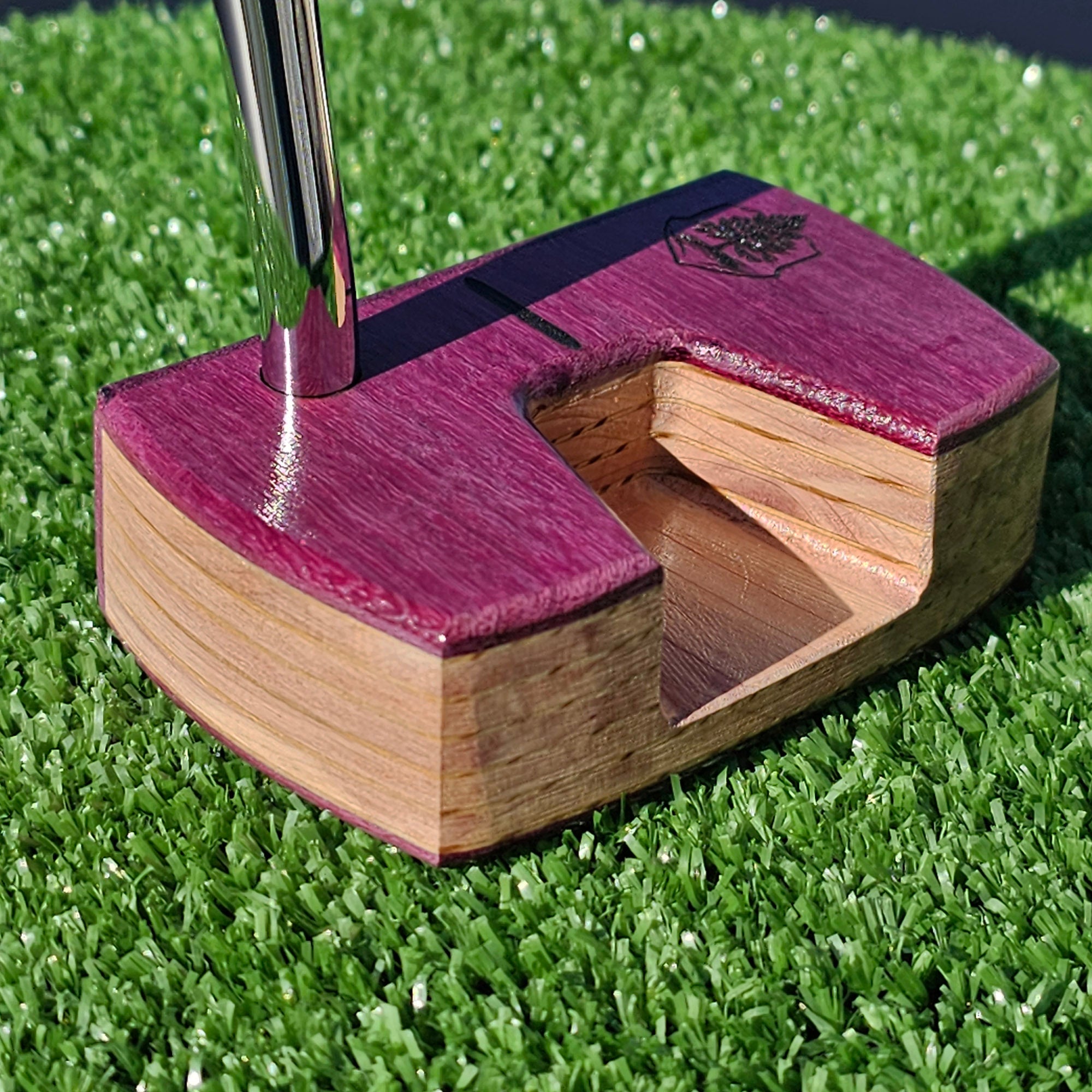Mastering Green Reading: Tips to Improve Your Putting Accuracy
Reading greens effectively is a critical skill that can significantly enhance your putting game. Understanding the subtle slopes, breaks, and speeds of the green can help you make more accurate putts and lower your scores. Here are some key tips and techniques to help you read greens like a pro.
1. Observe the Surroundings
Pay attention to the terrain surrounding the green. Look for high and low points around the green, as water will typically run off towards the lower areas. Nearby hills, valleys, and the general slope of the fairway leading up to the green can give you clues about the green’s overall slope.
2. Assess the Grain
The grain of the grass can affect how your ball rolls. Grain refers to the direction in which the grass grows. To determine the grain, look at the cup's edge: a shiny side means the grain is running away from the cup, while a darker side indicates the grain is growing towards the cup. Putts rolling with the grain will be faster, while those against it will be slower.
3. Check the Green’s Speed
Green speed, often measured by a device called a Stimpmeter, affects how much break you should expect. Faster greens will have more break, while slower greens will have less. Take note of the green speed during your practice rounds and adjust your stroke accordingly.
4. Read from Multiple Angles
To get a complete understanding of the green, read your putt from several angles. Start from behind the ball, then move to the low side of the putt to see the slope from the side. Finally, look at the putt from behind the hole to gauge the final break. This comprehensive view will help you make a more accurate assessment.
5. Feel the Slopes
Walk around the green and use your feet to feel the slopes. Subtle changes in elevation can often be felt more accurately than seen. This can help you identify the direction and severity of the break.
6. Use Visual Cues
Look for visual indicators such as the sheen on the green, patches of different colored grass, or the way leaves and debris move across the surface. These cues can help you understand the green's contours and the likely path of your putt.
7. Consider the Weather
Weather conditions, especially wind and moisture, can influence the green's speed and break. A wet green will be slower and break less, while a dry, windy day can make the green faster and more unpredictable. Always take current weather conditions into account when reading greens.
8. Practice with Purpose
Spend time on the practice green working on your green-reading skills. Set up drills that challenge you to read and adjust to different slopes and speeds. The more you practice, the better you'll become at quickly assessing green conditions.
TimberTouch Putterworks Advantage
At TimberTouch Putterworks, our putters are designed to enhance your feel and control, critical elements for reading and reacting to green conditions. Our exotic wood faces provide superior tactile feedback, helping you make precise adjustments based on your read. Additionally, the laser-engraved faces promote a true roll, ensuring your ball reacts predictably to the green's surface.
By mastering green-reading techniques and utilizing a high-quality putter from TimberTouch Putterworks, you'll be well on your way to improving your putting accuracy and lowering your scores. Visit our website to explore our range of custom-designed putters, each crafted to elevate your game.



Share:
How to Best Repair a Divot on a Putting Green
When to Use a Putter from Off the Green (Texas Wedge) and When to Use a Wedge